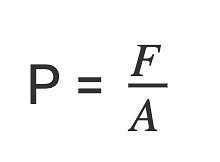Force and Pressure Class 8 Notes Science Chapter 8
| Table of contents |

|
| What is Force? |

|
| Forces are due to Interaction |

|
| Force can Change the State of Motion |

|
| Force can Change the Shape of an Object |

|
| Types of Forces |

|
| What is a Pressure? |

|
What is Force?
A pull or push over an object is called force.
Example:
- To open a drawer, one has to pull it; and to close the drawer one has to push it. Thus, in both conditions, a person applies force by pull or push.
- To kick a ball, one has to push it, i.e. a force is applied.
- To ride a bicycle one has to push the pedal. In this condition, force is applied while pushing the pedal.

Forces are due to Interaction
To apply a force over an object interaction between object and source of force is necessary.
Example:
- To open a drawer one has to pull by holding it, drawer will not open otherwise.
- To kick a ball one has to touch it, otherwise, force will not be applied over the ball.
 Forces are due to interaction
Forces are due to interaction
Exploring Forces
- The measure of the amount of strength of the force is called the magnitude of force. Thus, strength or amount of force is expressed in terms of magnitude.
- Two or more forces on the same object can be applied in the same direction and opposite direction.
1. Forces applied in the Same Direction
When more than one force is applied in the same direction, the total force is the addition of magnitude of both the forces.
Example: It is difficult to push a car by a single person, but two or more persons can collectively push the same car easily. This is because when more than one person tries to push the car, magnitudes of forces applied by each of the people are summed up and applied over than car, and car is pushed easily because of the greater magnitude of force.
That means if three units of force are applied over an object by each of the two persons,
The total unit of force = sum of both forces = 3 unit + 3 unit = 6 unit
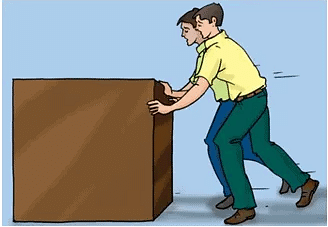 Force applied to the Same Direction
Force applied to the Same Direction
2. Forces applied in Opposite Direction
When two forces are applied over an object from opposite directions, the total effective force is the difference between the two forces.
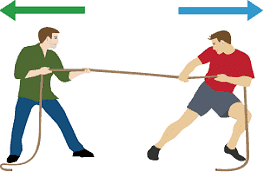 Force applied to Opposite Direction
Force applied to Opposite Direction
Example:
- When two persons are pushing a box in opposite directions and the magnitude of both the forces is equal, then box will not move, because the difference of two forces will be equal to zero.
Let a person applying 4 unit of force in one direction and the other person is also applying 4 unit of force in opposite direction on the same wooden box.
Therefore, the magnitude of total force = 4 unit – 4 unit = 0 - If one person is applying a force of 4 unit in one direction and another person is applying a force of 6 unit in opposite direction,
Then total magnitude of force = 6 unit – 4 unit = 2 unit
Thus, the force will act in the direction of a larger magnitude of force.
Force can Change the State of Motion
An Object can be in two states.
State of Rest
An object is called in the state of rest when it is not moving. This means a stationary object is called in the state of rest.
For example: a building, an electric pole, a ball kept over the ground and not moving, etc.State of Motion
A moving object is called in the state of motion.
For example: a moving car, a moving ball, etc.
A force can speed up a moving object. Force can decrease the speed of a moving object. Force can stop a moving object. Force can change the direction of a moving object. Force can move a stationary object.
Example:
- In the game of cricket, when a batsman pushes a fast-moving ball in the same direction as the movement of the ball, the speed of the ball is increased.
- When a batsman pushes a fast-moving ball in the opposite direction the speed of the ball decreases; because of force being applied from his bat.
- When a player in the game of football kicks the ball to his mate, he changes the direction of the moving football by applying force through his kick.
- A goalkeeper stops the football from going towards the goal post by applying force by his hand.
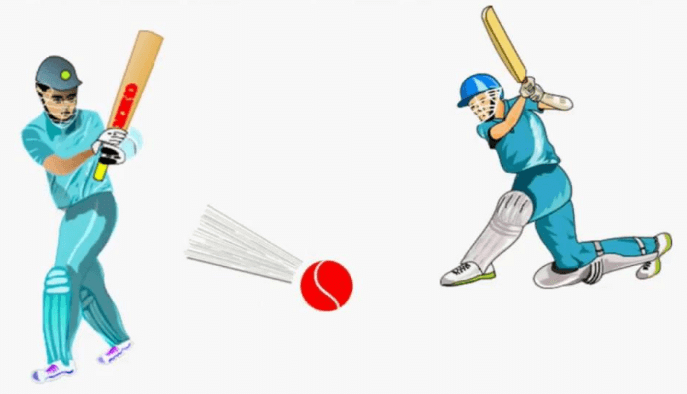 Force Changes the State of Motion
Force Changes the State of Motion
Force can Change the Shape of an Object
- When you apply force to an inflated balloon; using your hand from both sides, the force of pressure changes the shape of balloon.

- The change in the shape of dough into bread by applying force with a rolling pin.
- A blacksmith changes the shape of an iron rod by applying force using a hammer.
- You can change the shape of the rubber band and spring by stretching it in opposite direction.
Types of Forces
By applying force, one can make an object at rest move. This application of the force can be done either by touching the object or by without touching the object. Therefore, there are two types of forces:
- Contact force
- Non-contact force

Contact Force
Forces that require a touch or contact to be applied are known as contact forces. This means that contact Force is a type of force that occurs only when two objects are physically touching each other.
We can not push or lift a book on a table without touching it or lift a bucket of water without holding it. Generally, to apply a force to an object, your body needs to be in contact with that object. This contact can also be made using a stick or a piece of rope.
Muscular Force
Muscular force is the force generated by muscles when they contract. This is the kind of force which is applied by the muscles of human beings or animals to do some kind of activities like pushing, pulling, hitting, etc.

Example: When we push something like a school bag or lift a bucket of water, force is applied by our muscles to complete these tasks
Thus, the force that results from the action of our muscles is called muscular force.
Some other examples are: lifting a heavy box, pulling a bucket of water, pedaling a cycle.
Frictional Force
Frictional force is the force generated by two surfaces that contact and slide against each other.
- Friction is the reason why your car comes to a standstill if you don’t press the accelerator.
- The frictional force is opposing the rotation of the wheels of your car. Therefore, if you leave the accelerator, the friction slowly removes all the force from the car, and when the last bit of force is removed, the car comes to a standstill.
- Another example is if a book slides across the surface of a desk, then the desk exerts a friction force in the opposite direction of its motion causing it to stop sliding after a finite distance. Friction is a type of contact force only.
Non-Contact Force
The force which is applied on the body without coming in contact is known as non-contact force.

Gravitational Force
Gravitational force is the force of attraction that exists between any two objects with mass. It is the force that pulls objects toward each other.
- Objects fall toward the Earth because of a pulling force known as gravity.
- Gravity is a natural, attractive force that pulls objects toward Earth. This force constantly acts on everything around us, even though we usually don’t notice it.
- For example, when we turn on a tap, water flows downwards due to gravity. Similarly, rivers flow downhill because of the gravitational pull. Gravity acts on all objects, causing them to move toward the Earth or other large masses.

Electrostatic Force
The force that a charged object exerts on another charged or uncharged object is called electrostatic force.
- This force can be a force of attraction or a force of repulsion.
- It is experienced by one charged body from another charged body.

Example: A straw can gain a static electric charge after being rubbed with a piece of paper. This charged straw is an example of a charged object. This force can act on objects even when they are not touching each other. Thus, electrostatic force is another type of non-contact force.
 A straw rubbed with paper attractsanother straw but repels it if it hasalso been rubbed with a sheetof paper
A straw rubbed with paper attractsanother straw but repels it if it hasalso been rubbed with a sheetof paper
Magnetic Force
Magnetic attraction and repulsion are forces that occur between magnets due to their magnetic fields is called magnetic force.
Magnetic Attraction: When you bring the north pole of one magnet close to the south pole of another magnet, they attract each other. This is because opposite poles (north and south) of magnets attract. Magnetic Repulsion: When you bring the north pole of one magnet close to the north pole of another magnet (or south to south), they repel each other. This is because like poles (north-north or south-south) repel.
Magnetic Repulsion: When you bring the north pole of one magnet close to the north pole of another magnet (or south to south), they repel each other. This is because like poles (north-north or south-south) repel.

[Question: 865507
What is a Pressure?
Pressure is defined as the force per unit area. If a force F is applied on a surface of area A, then the pressure P is defined as:
Distribution of pressure
Force acting on a smaller area applies more pressure than the same force acting on a larger area.
Examples:
- Porters place around cloth on their heads to increase surface area and reduce pressure.
- A sharp knife cuts better as more pressure is exerted over a smaller area.
Pressure in fluids
The pressure exerted by a fluid(gases or liquids) in a container is transmitted undiminished in all direction on the walls of the container.
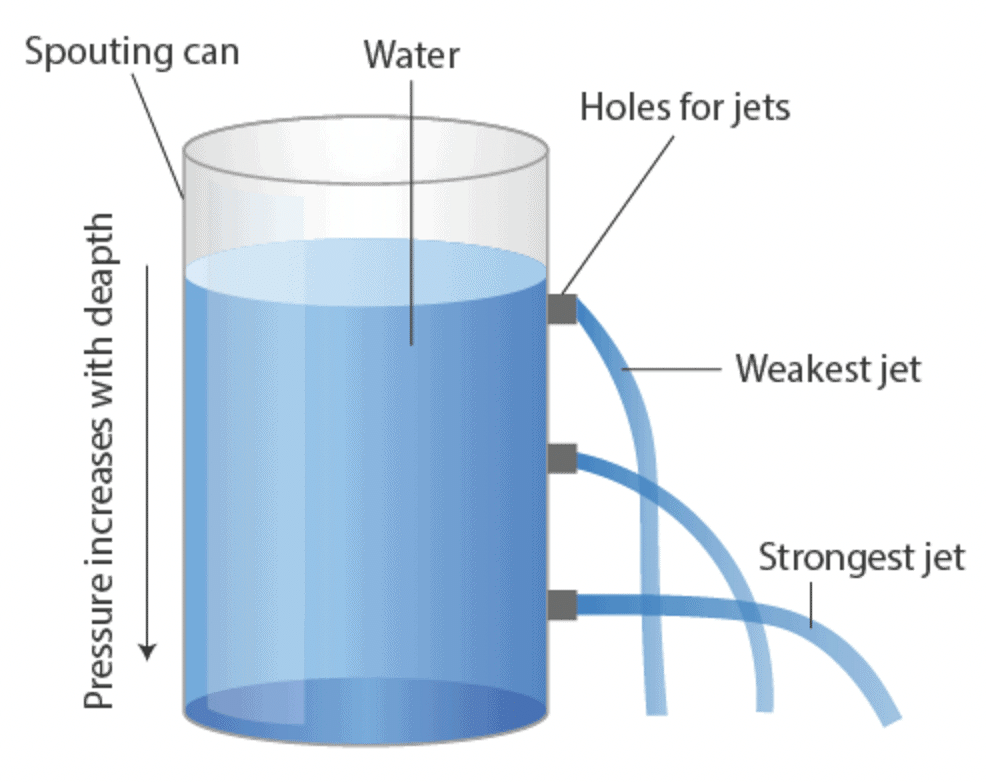
Upthrust
The upward force exerted by a fluid on an object is known as upthrust or buoyant force.
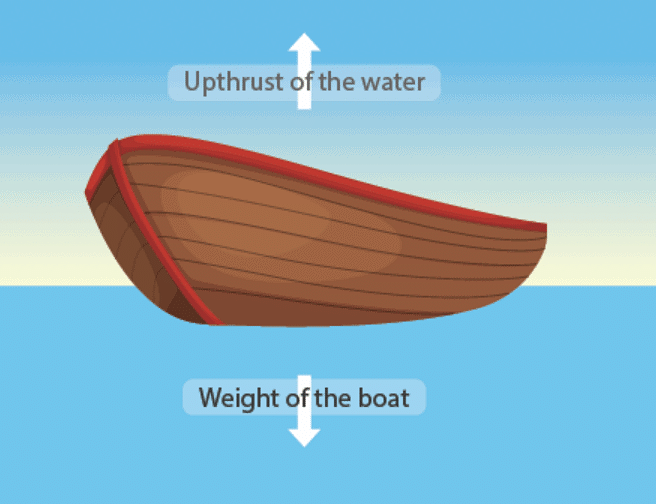
Gaseous pressure
Gases exert the same pressure on the walls of the container in all directions.
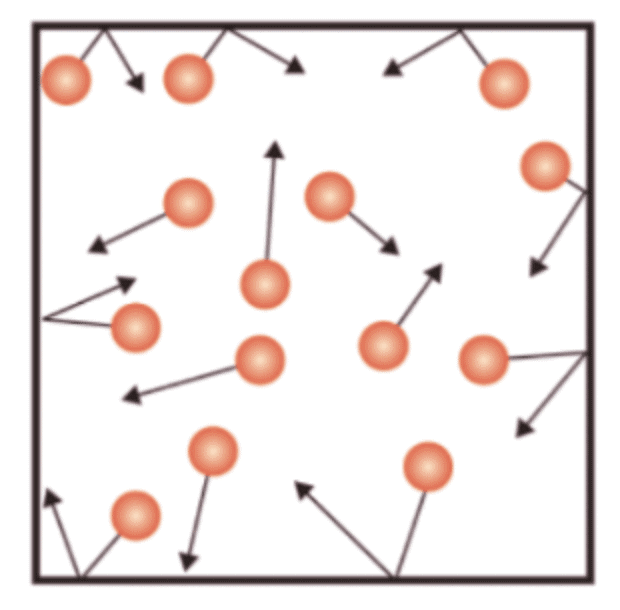
Atmospheric pressure
- Our atmosphere extends to several kilometres above sea level. The weight of the air acts as pressure known as atmospheric pressure.
- The pressure in our body balances the atmospheric pressure and that is why we do not feel it.
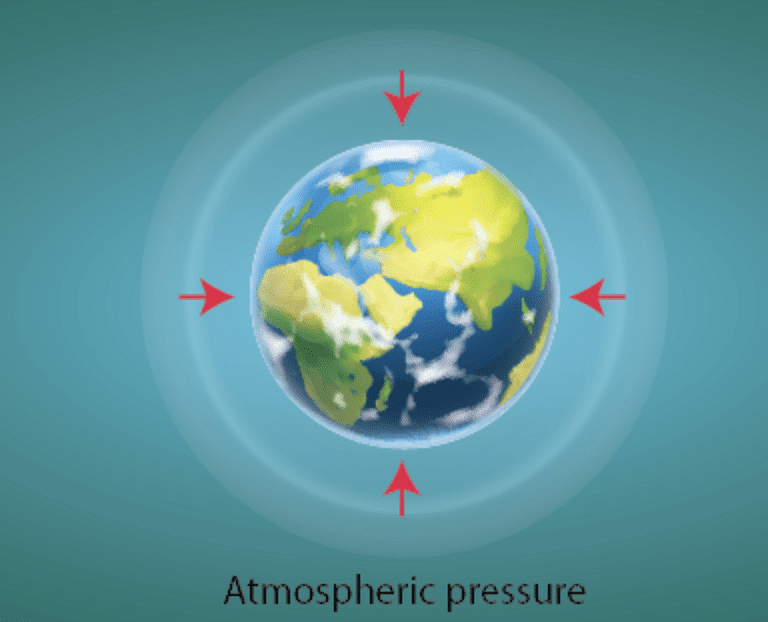
|
91 videos|273 docs|44 tests
|
FAQs on Force and Pressure Class 8 Notes Science Chapter 8
| 1. What is a force in simple terms? |  |
| 2. How can forces change the state of motion of an object? |  |
| 3. Can a force change the shape of an object? |  |
| 4. What are the different types of forces? |  |
| 5. What is pressure and how is it related to force? |  |

|
Explore Courses for Class 8 exam
|

|



